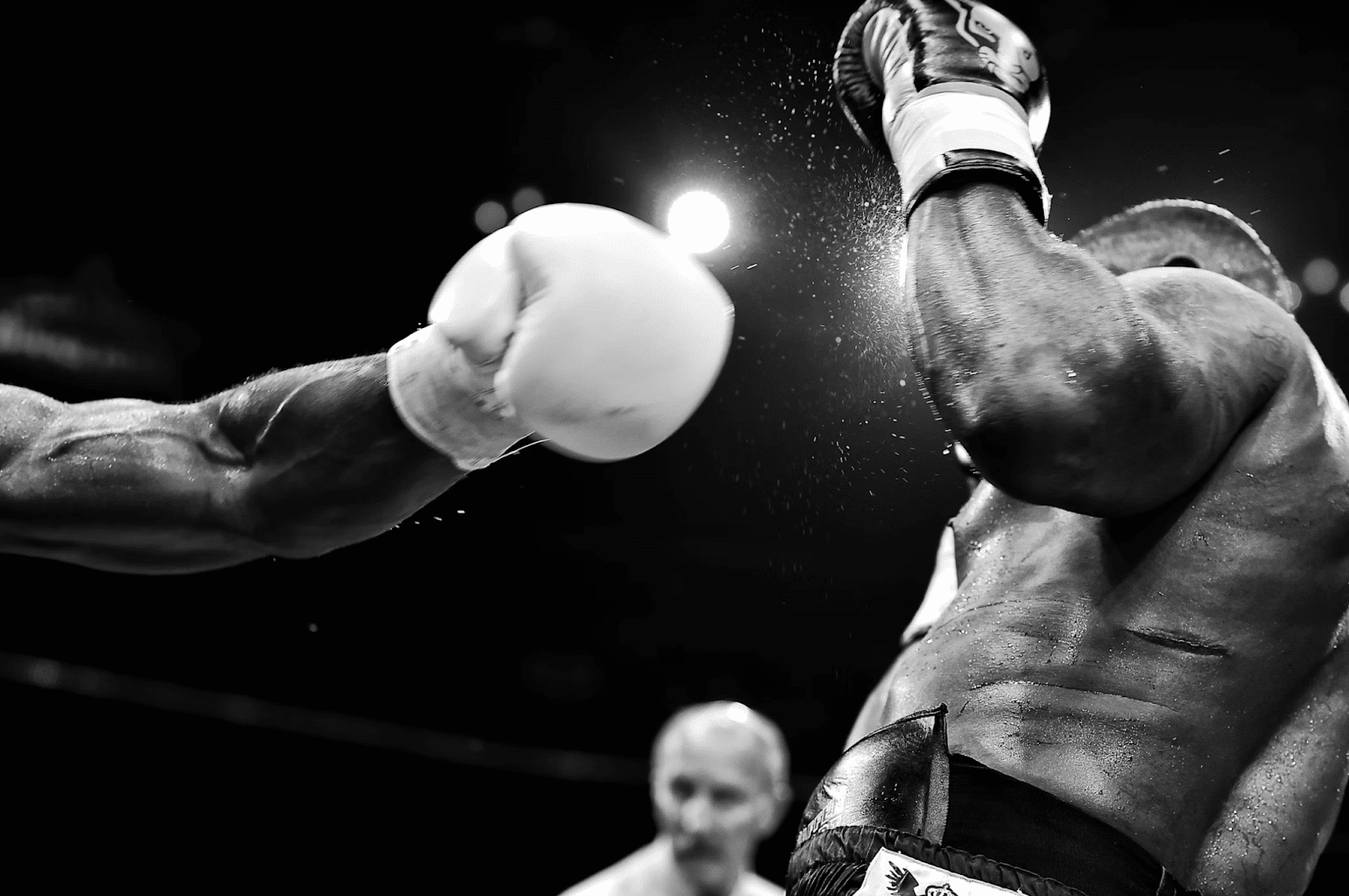New York’s Legacy of Boxing Power
The streets of New York have forged some of boxing’s most devastating KO artists, each generation bringing its own interpretation of the sweet science. From the Brownsville blocks that shaped Mike Tyson to the modern NY gyms producing talents like Teofimo Lopez, the evolution of knockout power reflects both technical innovation and scientific advancement in combat sports. Some may even claim that the emergence of these boxing stars has contributed to the sports betting industry. Betting Terms stayed the same, but the whole landscape of placing a wager is witnessing revolutionary changes within the boxing realm, all due to large amounts of financial investment.
The Cus D’Amato Blueprint
Mike Tyson’s emergence in the 1980s revolutionized heavyweight boxing through the peek-a-boo style perfected under Cus D’Amato. This defensive shell allowed for explosive combinations from angles opponents rarely anticipated. The system emphasized weight transfer, hip rotation, and constant head movement – principles that generated extraordinary power in confined spaces. Training involved repetitive drills, focusing on muscle memory and timing rather than raw strength alone.
Speed and Power: The 90s Revolution
The subsequent era brought forth fighters like Zab Judah and Shannon Briggs, who modified traditional power-punching approaches with enhanced speed mechanics. Judah’s southpaw style demonstrated how velocity could amplify impact, while Briggs showed how athletic conditioning could maintain power in later rounds. These fighters trained with early sports science applications, incorporating plyometrics and explosive movement patterns into their regimens.
Modern Science Meets Ancient Art
Contemporary KO artists like Teofimo Lopez and Edgar Berlanga represent a new synthesis of traditional power-punching and cutting-edge sports science. Modern training incorporates biomechanical analysis, force plate measurements, and sophisticated strength programming. This approach allows fighters to understand and optimize their power generation through precise technical adjustments and targeted physical development.
The Science Behind the Power of KO Artists
Research in exercise physiology and neuromuscular training has revealed that knockout power stems from a complex interaction of factors. Fast-twitch muscle fiber composition, while partially genetic, can be enhanced through specific training protocols. Neural drive – the efficiency of muscle fiber recruitment – plays a crucial role in power production. Modern fighters benefit from advanced understanding of these mechanisms, allowing for more systematic power development.
The Future of New York Power Punching
The next generation of New York knockout artists will likely benefit from even more sophisticated training methods. Emerging technologies like force sensors in gloves and high-speed motion capture are providing unprecedented insight into power generation mechanics. However, the fundamental principles established by pioneers like D’Amato remain relevant, suggesting that the future lies in synthesizing traditional wisdom with scientific innovation.
Training Evolution and Impact
Contemporary training methods emphasize periodization and recovery, allowing fighters to maintain power while reducing injury risk. Nutrition science has advanced significantly, enabling better weight management without compromising explosive strength. Sport psychologists now play integral roles in developing the mental attributes necessary for executing power shots under pressure.
The evolution of knockout power in New York boxing’s KO artists demonstrates how combat sports adapt to new knowledge while preserving effective traditional methods. While raw power remains partially innate, modern training approaches have expanded the possibilities for developing and expressing it. The progression from Tyson’s era to the present suggests that while the fundamental mechanics of power punching remain constant, the methods for developing and maintaining that power continue to advance.
This evolution reflects broader trends in combat sports, where traditional techniques merge with modern sports science to create more complete fighters. The enduring legacy of New York’s knockout artists suggests that while training methods may change, the city’s tradition of producing devastating punchers continues to adapt and thrive in each new era.
The balance between innate ability and developed skill remains a subject of ongoing research and debate in boxing circles. What’s clear is that both genetic predisposition and systematic training play crucial roles in creating exceptional knockout artists. As sports science continues to advance, future generations of New York fighters will likely discover new ways to maximize their power-punching potential while building upon the foundation laid by their predecessors.
